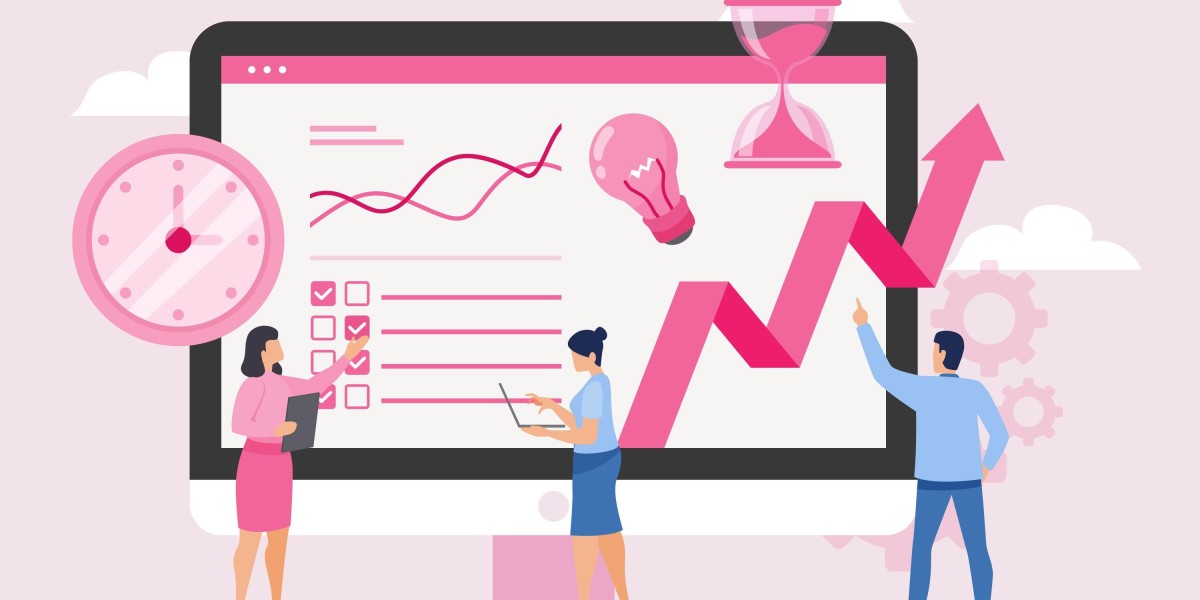In today's data-driven marketing landscape , measuring the success of your demand-generation efforts is crucial. Marketers need to go beyond vanity metrics and delve into actionable insights that demonstrate the impact of their campaigns. Here are 12 key demand generation metrics you should be tracking to optimize your strategy and impress your stakeholders.
Moving Prospects Through the Funnel:
- Marketing Qualified Leads (MQLs): These are leads who have shown interest in your product or service and meet specific criteria set by your marketing and sales teams. Track the volume of MQLs generated to gauge the effectiveness of your top-of-funnel activities.
- Sales Qualified Leads (SQLs) & Sales Accepted Leads (SALs): MQLs are nurtured further to become SQLs, leads that the sales team deems ready for their outreach. SALs are a subcategory of SQLs, validated by both marketing and sales. Monitor the conversion rate of MQLs to SQLs/SALs to assess the quality of leads generated.
Cost and Efficiency:
- Cost per Acquisition (CAC): This metric reveals the total marketing and sales cost associated with acquiring a new customer. It helps you understand the efficiency of your demand generation efforts and identify areas for cost optimization.
Engagement and Activation:
- Activations & Signups: Track the number of users who activate free trials, subscribe to your product, or sign up for demos. This indicates a strong level of interest and potential for future conversion.
Customer Lifetime Value (CLTV):
- CLTV: This metric calculates the total revenue a customer is expected to generate throughout their relationship with your company. Focusing on CLTV ensures you're not just acquiring customers, but retaining valuable ones.
Return on Investment (ROI):
- Payback Period: Measure the time it takes for your marketing and sales investments to start generating revenue. A shorter payback period means a strong return on investment (ROI) for your demand generation efforts.
Sales Pipeline and Revenue:
- Days in Status: Track the average time leads spend in different stages of your sales funnel (eg, MQL, SQL). Identifying bottlenecks can help streamline your process and accelerate lead conversion.
- Marketing Sourced Pipeline: This metric shows the value of potential deals originated by marketing efforts. It demonstrates the contribution of marketing to the overall sales pipeline.
- Average Deal Size: Analyze the average revenue generated per customer acquisition. This metric helps predict future sales growth and identify high-value target markets.
- Contribution to Total Revenue: Track the percentage of total revenue directly attributable to marketing-generated leads. This showcases the tangible impact of your demand generation strategy on the company's bottom line.
Content Performance and Brand Perception:
- Content Performance: Monitor key metrics like website traffic, downloads, and engagement for your content assets (eg, blog posts, white papers). This helps you understand what content resonates with your audience and fuels demand generation.
- Brand Sentiment: Track online conversations and reviews to gauge brand perception. Positive sentiment indicates successful demand generation efforts that are attracting and engaging the right audience.
By keeping a close eye on these 12 key demand generation metrics , you can gain valuable insights into the effectiveness of your marketing initiatives. Use this data to optimize your campaigns, improve lead quality, and ultimately drive business growth.







